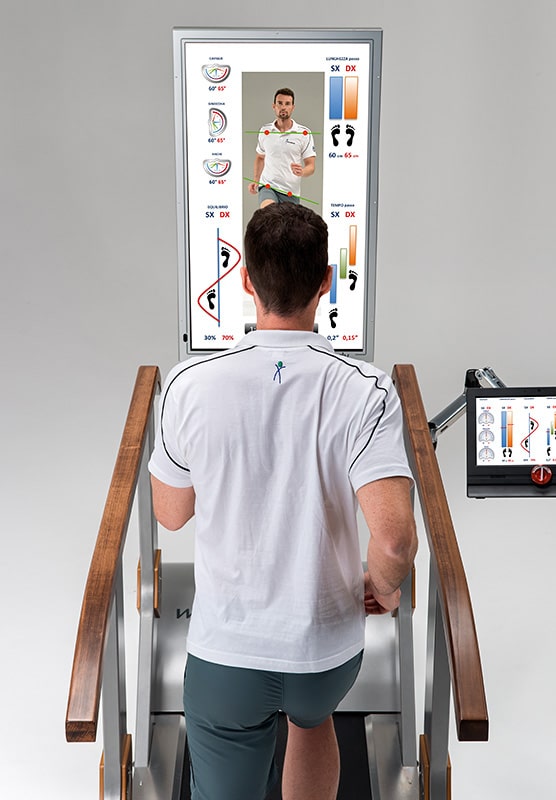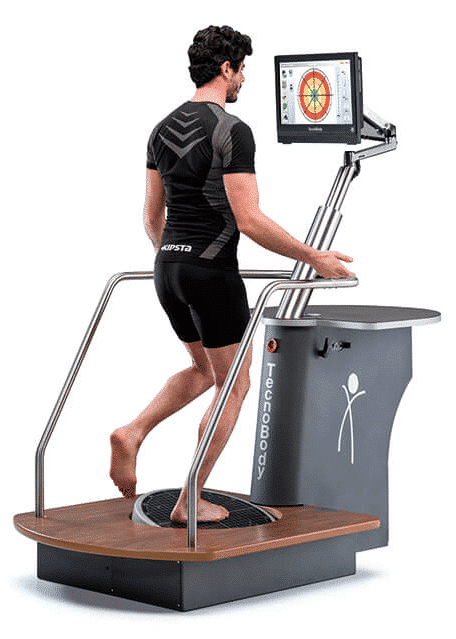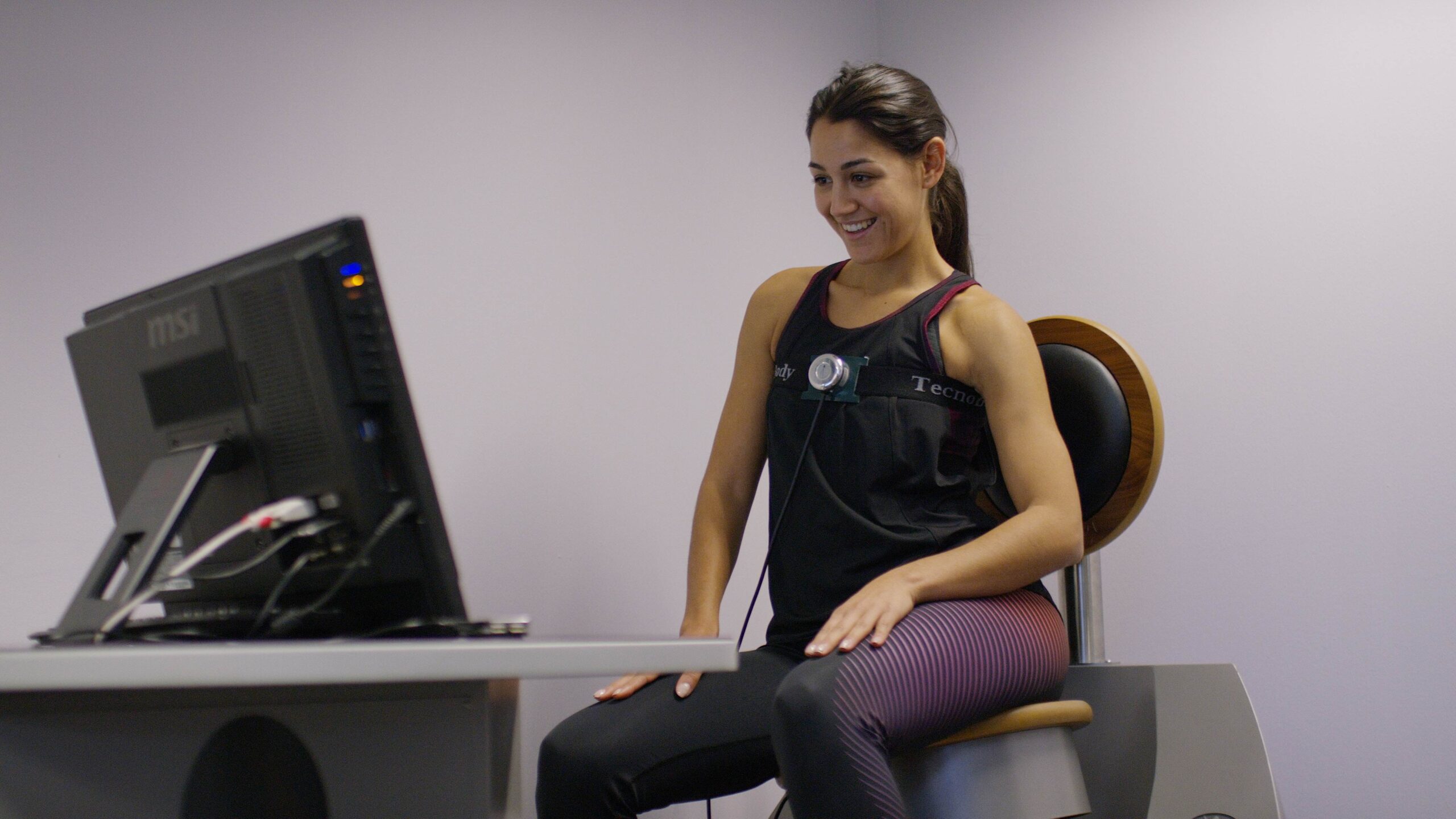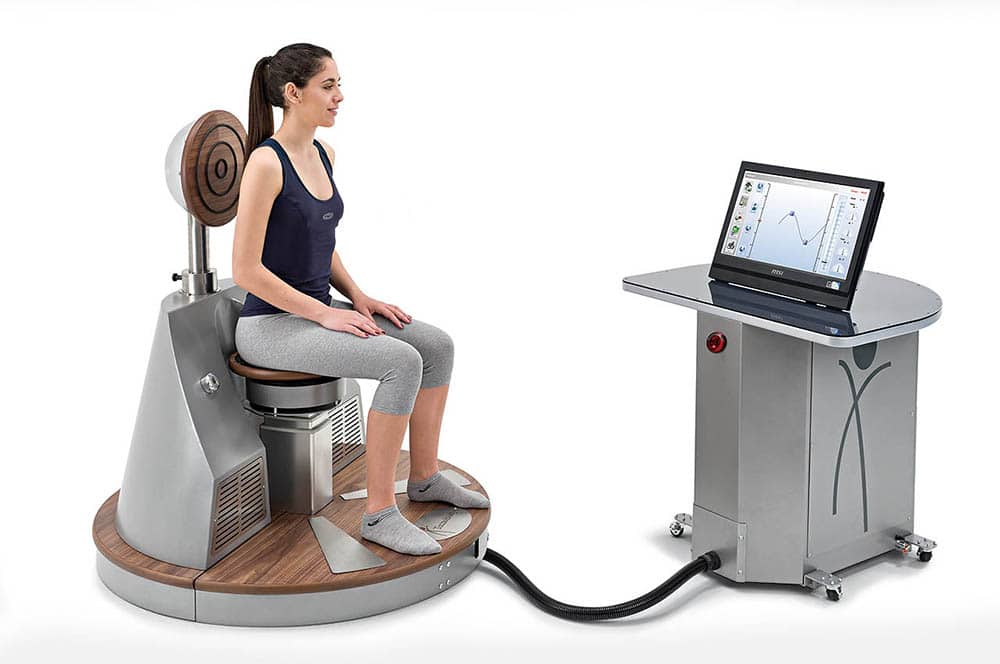- 3D Biomechanical Gait Analysis.
- 3D Biomechanical Running Analysis.
- Static Balance Assessment (4 tests).
- Dynamic Balance Assessment (4 tests).
- Pelvic and Trunk Stability Analysis (2 tests).
- As more and more of us take on running as a form of exercise, it's becoming clear that our sedentary lifestyle still has a significant impact on our running technique, often leading to running injuries.
- Our running assessments are for all runners; whether you are running your first 5km, already an elite runner, or running a marathon for the first time, we will be able to assess your running technique to transform you into a skilled, injury-free runner.


- Balance awareness is the ability to know where your body parts are in three-dimensional space.
- Balance is required for every movement we make and like most things in our body, balance can be improved by training. The agility and strength that comes with learning good balance help us move smoothly and confidently every day, whether we are doing exercise, playing with our kids, running after a bus or simply walking up the stairs.
- A good sense of balance and a strong awareness of where your body is in relation to the things around you can help you react quickly and prevent injuries and accidents.
- Core stability is the ability to maintain spinal and pelvic alignment while using the trunk and hip muscles.
- It is essentially the process of holding the shoulder and pelvic girdles stable while supporting the movement from the arms and legs.
- Weakness or instability in the core has been linked to injuries of both the upper and lower extremities. Good core training is beneficial in reducing the risk of injuries, improving athletic performance, helping stabilise and align the spine and also increasing general balance and stability.

